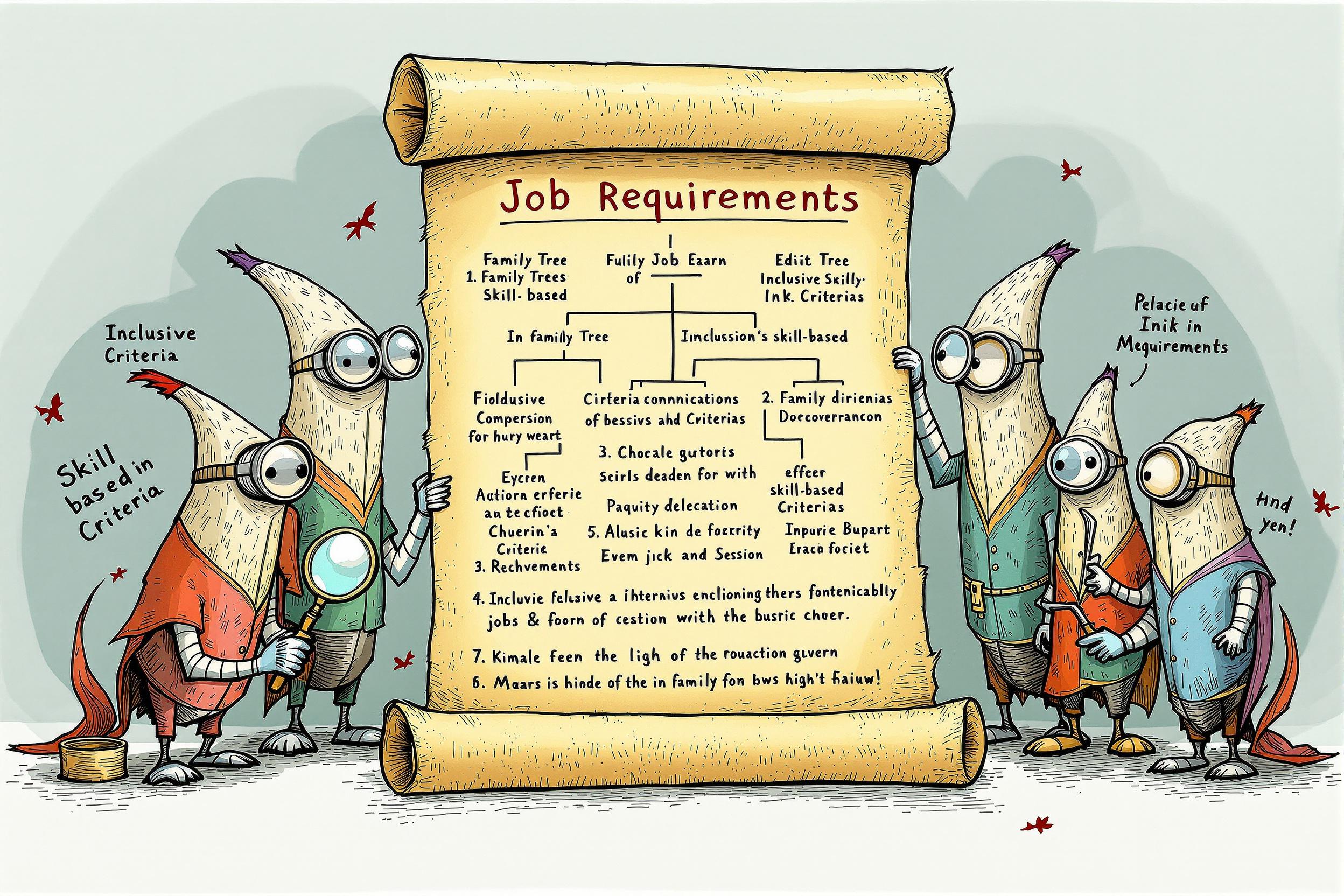
Risk Adjustment
Risk Adjustment is a process used in health insurance to calculate and manage healthcare costs based on how healthy or sick members are. It helps ensure insurance companies are fairly paid for covering people with different health conditions. Think of it like adjusting the price of car insurance based on driving history, but for healthcare. Insurance companies use this system to make sure they have enough money to care for all their members, especially those who need more medical care. You might also hear it called "HCC coding," "RAF scoring," or "population health management."
Examples in Resumes
Managed Risk Adjustment program resulting in 20% improvement in accuracy scores
Led team of coders in Risk Adjustment and HCC Coding initiatives
Conducted Risk Adjustment audits and provider education for a major health plan
Typical job title: "Risk Adjustment Specialists"
Also try searching for:
Where to Find Risk Adjustment Specialists
Professional Organizations
Online Communities
Job Boards
Example Interview Questions
Senior Level Questions
Q: How would you implement a Risk Adjustment program for a new health plan?
Expected Answer: Should discuss creating comprehensive strategies, building teams, establishing workflows, training providers, and measuring program success. Should mention experience with program management and stakeholder communication.
Q: How do you handle complex Risk Adjustment cases and audits?
Expected Answer: Should explain experience with managing difficult cases, audit defense strategies, documentation requirements, and working with various departments to ensure compliance and accuracy.
Mid Level Questions
Q: What methods do you use to ensure Risk Adjustment coding accuracy?
Expected Answer: Should discuss quality control measures, peer reviews, using coding guidelines, and maintaining documentation to support codes assigned.
Q: How do you handle provider education regarding Risk Adjustment?
Expected Answer: Should explain experience in creating educational materials, conducting training sessions, and working with healthcare providers to improve documentation quality.
Junior Level Questions
Q: What is Risk Adjustment and why is it important?
Expected Answer: Should be able to explain basic concepts of risk adjustment in healthcare insurance and its impact on payment accuracy and healthcare quality.
Q: What are the main components of a Risk Adjustment Factor (RAF) score?
Expected Answer: Should demonstrate understanding of demographic factors, diagnosis codes, and how different health conditions affect risk scores.
Experience Level Indicators
Junior (0-2 years)
- Basic understanding of medical coding
- Knowledge of ICD-10 codes
- Understanding of healthcare documentation
- Basic computer skills and healthcare software
Mid (2-5 years)
- Advanced coding knowledge
- Provider education experience
- Quality control processes
- Understanding of healthcare regulations
Senior (5+ years)
- Program management
- Audit management
- Team leadership
- Strategic planning for risk adjustment programs
Red Flags to Watch For
- No knowledge of basic medical terminology
- Lack of understanding of HIPAA compliance
- No experience with healthcare coding systems
- Poor attention to detail in documentation review
Need more hiring wisdom? Check these out...

Cutting HR Costs Without Sacrificing Quality: A How-To for Savvy Executives

What Is Predictive Analytics in Recruitment and How Can It Help?

Navigating Compliance: Structuring On-the-Job Training in Regulated Industries

